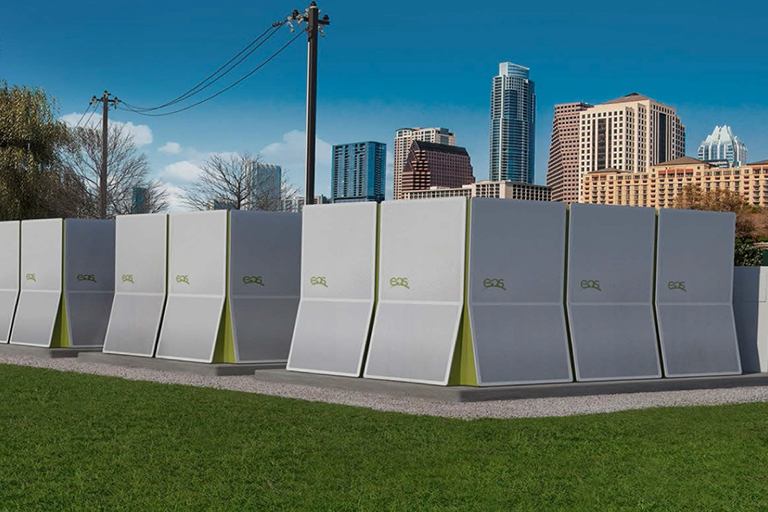By Kent Singer, CREA Executive Director
It’s been said that if Alexander Graham Bell were to pick up one of the devices that we all use today to make phone calls, he would not know how to use it. On the other hand, if Thomas Edison examined a typical 21st century central station power plant, he would be completely familiar with its operation. That’s because, while the 21st century brought a revolution in telephones, the remaking of the power industry is taking more time.
The tried-and-true power plant model — a large central station power generator produces electricity, the electrons are transmitted over high-voltage lines to local communities and the power is then distributed to homes and businesses — has worked extremely well for decades. We are so used to having on-demand electricity that it’s easy to forget that our electric grid is an amazingly complicated machine. Back in 2008, the National Academy of Engineering concluded that the electricity grid was the most significant engineering achievement of the 20th century.
The grid consists of many individual elements synchronized by a lot of people, such as the staff at your electric co-op, who work around the clock to provide electricity at the precise moment you need it. Since electricity, for the most part, cannot be stored, the grid has to provide a perfect balance of supply and demand every hour of the day.
But in the words of the Greek philosopher Heraclitus, “The only thing that is constant is change.” Just as technology is transforming traditional modes of communication, transportation, computing and other essential elements of our modern world, it is also changing how electricity is generated, distributed and, yes, stored.
The notion of storing electricity has been the Holy Grail of the electric utility industry for a long time. Many different methods were tried including compressed air, pumped hydropower (pumping water uphill at off-peak times and releasing it through a turbine to create energy during peak periods), flywheels and batteries. While none of these technologies is perfect, recent developments in battery chemistry and production scale resulted in the emergence of the lithium-ion battery as the current favorite for both automotive and utility applications.
Electric co-ops are at the forefront of exploring how batteries can be deployed to provide benefits for co-op member-owners. United Power, a member of the Colorado Rural Electric Association headquartered in Brighton, will soon be testing a utility-scale battery system. The co-op is partnering with SoCore Energy and Tesla to install a 4-megawatt, 4-hour lithium-ion battery as part of its electric distribution system. This means that once the battery is fully charged, it can be discharged to provide electricity at a time chosen by United Power, and it can produce up to 16 megawatt-hours of energy with one charge.
The battery will enable United Power to reduce its demand from its power supplier for short periods of time, potentially avoiding system peaks and saving money for its members. However, this “peak shaving” is only one of many potential benefits of a battery system. In other situations, co-ops and other electric utilities may use batteries for voltage support in parts of their distribution systems that need reliability improvements. Batteries may also be paired with renewable generation sources, such as wind generators or solar arrays, to firm up the intermittent renewable energy.
As Colorado’s electric co-ops continue to innovate in the fast-changing world of electricity production, the United Power battery project is just one example of co-op ingenuity. The project will provide an interesting case study and co-ops across the state will have access to the data collected from United Power’s pioneering effort.
This is one more way co-ops look toward the future, exploring the possibilities of new, cost-efficient technologies. But remember, while planning for the future and changes to come, electric co-ops must also provide affordable power to you today. Some may want us to move faster, but we take our duty to distribute reliable, affordable electricity seriously, just as seriously as we take our responsibility to be innovative and to utilize the latest technologies that work for our members.
While we keep the lights on today, we are also working toward the day when we can “bring on the batteries.”

